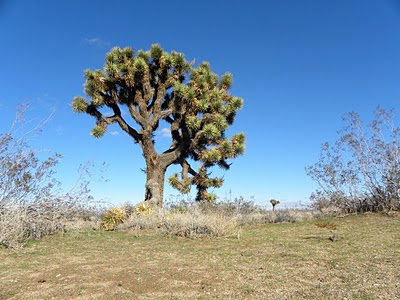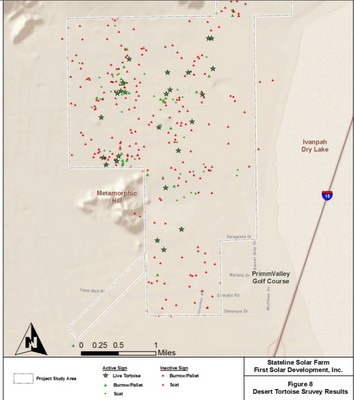Sierra Club Lawsuit Targets Calico Solar Power Project

The Sierra Club filed a legal challenge against California's approval of the Calico Solar power project, arguing that the California Energy Commission (CEC) rushed the environmental review without full consideration of the impacts on wildlife and without identifying adequate mitigation measures. The petition--filed with the California Supreme Court on 30 December--represents the first legal challenge by a national environmental organization against a destructive solar facility, setting a precedent that utility-scale solar facilities should not be exempted from the same standards environmental organizations apply to other forms of energy -- wise use of public land and preservation of fragile ecosystems. The petition lays out arguments that could easily apply to other solar projects proposed for pristine desert habitat in the Mojave and Sonoran deserts. Tessera Solar LLC recently sold its development rights for the Calico site to K Road Solar LLC , but the Sierra Club's ac



